Vauxhall Astra vs SEAT Leon – Which one offers the better deal?
Everyday use, family trips or long-distance drives – here’s where the differences show.
Discover whether Vauxhall Astra or SEAT Leon fits your lifestyle better.
Costs and Efficiency:
When it comes to price and running costs, the biggest differences usually appear. This is often where you see which car fits your budget better in the long run.
SEAT Leon has a slight advantage in terms of price – it starts at 24500 £, while the Vauxhall Astra costs 25200 £. That’s a price difference of around 737 £.
Fuel consumption also shows a difference: SEAT Leon manages with 0.30 L and is therefore convincingly more efficient than the Vauxhall Astra with 2.20 L. The difference is about 1.90 L per 100 km.
As for range, the Vauxhall Astra performs convincingly better – achieving up to 419 km, about 285 km more than the SEAT Leon.
Engine and Performance:
Power, torque and acceleration are the classic benchmarks for car enthusiasts – and here, some clear differences start to show.
When it comes to engine power, the SEAT Leon has a slightly edge – offering 272 HP compared to 225 HP. That’s roughly 47 HP more horsepower.
In acceleration from 0 to 100 km/h, the Vauxhall Astra is minimal quicker – completing the sprint in 7.50 s, while the SEAT Leon takes 7.70 s. That’s about 0.20 s faster.
In terms of top speed, the Vauxhall Astra performs barely noticeable better – reaching 235 km/h, while the SEAT Leon tops out at 220 km/h. The difference is around 15 km/h.
Both models offer the same torque – 360 Nm.
Space and Everyday Use:
Whether family car or daily driver – which one offers more room, flexibility and comfort?
Both vehicles offer seating for 5 people.
In curb weight, Vauxhall Astra is barely noticeable lighter – 1341 kg compared to 1344 kg. The difference is around 3 kg.
In terms of boot space, the Vauxhall Astra offers slight more room – 422 L compared to 380 L. That’s a difference of about 42 L.
In maximum load capacity, the Vauxhall Astra performs barely noticeable better – up to 1339 L, which is about 38 L more than the SEAT Leon.
When it comes to payload, SEAT Leon minimal takes the win – 521 kg compared to 509 kg. That’s a difference of about 12 kg.
Who wins the race?
The SEAT Leon proves to be is largely superior and therefore becomes our DriveDuel Champion!
SEAT Leon is the better all-rounder in this comparison.
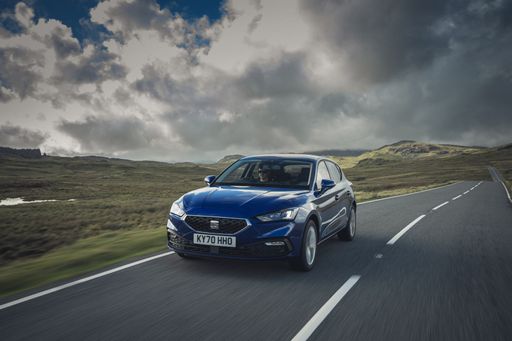
SEAT Leon
Vauxhall Astra
The Opel Astra exudes a sleek and modern design, making it a standout choice in the compact car segment. Its interior is thoughtfully crafted, providing both comfort and cutting-edge technology for an enhanced driving experience. The vehicle is also celebrated for its efficient performance, adeptly balancing power with fuel economy to suit urban and long-distance journeys alike.
details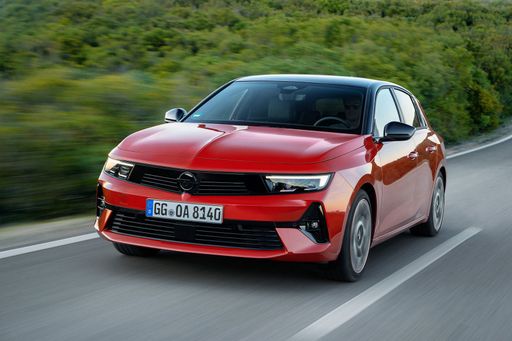 @ www.media.stellantis.com
@ www.media.stellantis.com
 @ www.media.stellantis.com
@ www.media.stellantis.com
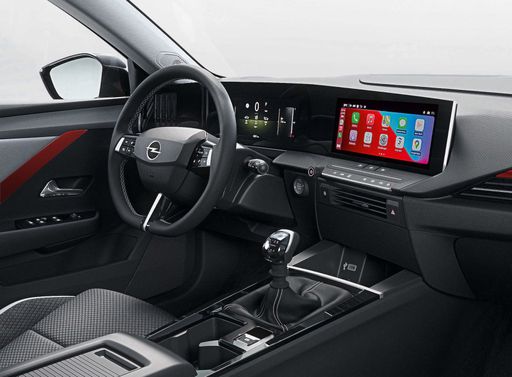 @ www.media.stellantis.com
@ www.media.stellantis.com
SEAT Leon
The SEAT Leon impresses with its dynamic design and sporty edge, making it a standout choice in its class. Its interior is characterised by a modern, driver-focused cockpit that combines functionality with an emphasis on comfort. The car delivers a responsive driving experience, thanks to its advanced engineering and agile handling capabilities.
details @ seatmedia
@ seatmedia
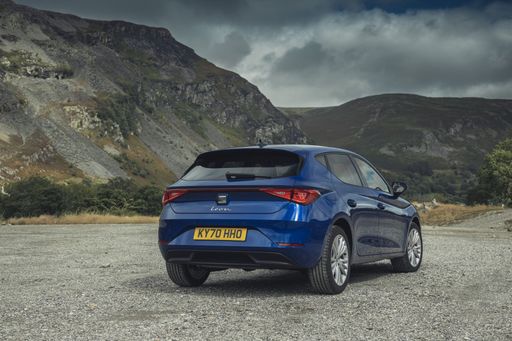 @ seatmedia
@ seatmedia
 @ seatmedia
@ seatmedia
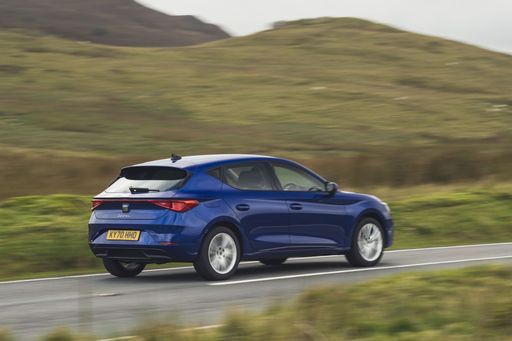 @ seatmedia
@ seatmedia

|

|
|
|
|
Costs and Consumption |
|
|---|---|
|
Price
25200 - 40500 £
|
Price
24500 - 36400 £
|
|
Consumption L/100km
2.2 - 6 L
|
Consumption L/100km
0.3 - 5.7 L
|
|
Consumption kWh/100km
15.40 kWh
|
Consumption kWh/100km
-
|
|
Electric Range
82 - 419 km
|
Electric Range
133 - 134 km
|
|
Battery Capacity
51 kWh
|
Battery Capacity
19.70 kWh
|
|
co2
0 - 135 g/km
|
co2
7 - 129 g/km
|
|
Fuel tank capacity
42 - 52 L
|
Fuel tank capacity
40 - 45 L
|
Dimensions and Body |
|
|---|---|
|
Body Type
Hatchback
|
Body Type
Hatchback
|
|
Seats
5
|
Seats
5
|
|
Doors
5
|
Doors
5
|
|
Curb weight
1341 - 1736 kg
|
Curb weight
1344 - 1670 kg
|
|
Trunk capacity
352 - 422 L
|
Trunk capacity
270 - 380 L
|
|
Length
4374 mm
|
Length
4368 mm
|
|
Width
1860 mm
|
Width
1799 mm
|
|
Height
1432 - 1488 mm
|
Height
1442 - 1460 mm
|
|
Max trunk capacity
1268 - 1339 L
|
Max trunk capacity
1187 - 1301 L
|
|
Payload
414 - 509 kg
|
Payload
460 - 521 kg
|
Engine and Performance |
|
|---|---|
|
Engine Type
Petrol, Diesel, Electric, Petrol MHEV, Plugin Hybrid
|
Engine Type
Petrol, Petrol MHEV, Diesel, Plugin Hybrid
|
|
Transmission
Manuel, Automatic
|
Transmission
Manuel, Automatic
|
|
Transmission Detail
Manual Gearbox, Automatic Gearbox, Reduction Gearbox, Dual-Clutch Automatic
|
Transmission Detail
Manual Gearbox, Dual-Clutch Automatic
|
|
Drive Type
Front-Wheel Drive
|
Drive Type
Front-Wheel Drive
|
|
Power HP
130 - 225 HP
|
Power HP
110 - 272 HP
|
|
Acceleration 0-100km/h
7.5 - 10.6 s
|
Acceleration 0-100km/h
7.7 - 10.5 s
|
|
Max Speed
170 - 235 km/h
|
Max Speed
197 - 220 km/h
|
|
Torque
230 - 360 Nm
|
Torque
220 - 360 Nm
|
|
Number of Cylinders
3 - 4
|
Number of Cylinders
4
|
|
Power kW
96 - 165 kW
|
Power kW
85 - 200 kW
|
|
Engine capacity
1199 - 1598 cm3
|
Engine capacity
1498 - 1968 cm3
|
General |
|
|---|---|
|
Model Year
2023 - 2025
|
Model Year
2024 - 2025
|
|
CO2 Efficiency Class
D, A, C, B
|
CO2 Efficiency Class
D, B
|
|
Brand
Vauxhall
|
Brand
SEAT
|
What drive types are available for the Vauxhall Astra?
Available configurations include Front-Wheel Drive.
The prices and data displayed are estimates based on German list prices and may vary by country. This information is not legally binding.
